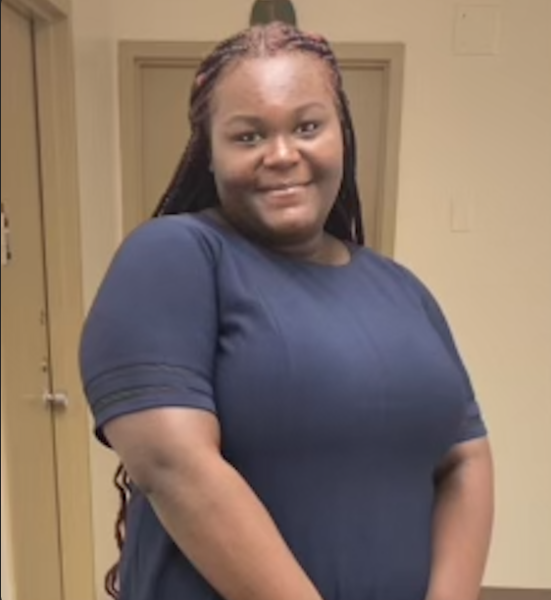Stamford Public Schools’ new attendance policy for their high schools appears controversial. The new plan eliminates the loss of credit due to absences. The implication is that as long as students complete their work and receive a passing grade, they will get credit for the class. This new policy is expected to be enacted on January 2, 2024.
The attendance policy for the 2022-2023 school year allowed 10 absences for a full-year class, and 5 absences for a half-year course before a student lost credit. This faced frequent backlash from students because they were forced to go through an appeal process in order to regain lost credit due to absences. Senior Kelly Akorley lost credit last school year and said, “It was annoying that I lost credit, but the process to appeal was easy.” Still, the new attendance policy keeps students from having to go through that process.
However, it also raises the concern that some students may take advantage of this new rule by simply not going to school. But, according to Dean of Students Jamar Greene, if a student misses 20% or more of the school year, a truancy officer will be sent to their home, along with other disciplinary actions such as meeting with the parents/guardians and suspension/detention.
Principal Matt Forker said that the whole purpose of this policy is to avoid punishing students who miss school but still maintain good grades. Things happen, and people might have to miss school, and they shouldn’t be punished for this. “There are a lot of circumstances as to why students can’t make it to school,” Forker said. “It’s not simply that kids are going out for lunch.”
The Stamford Advocate published an article recently about this situation in which Matthew Laskowski, the executive director for school innovation, gave an example of a student who arrives to a class 12 minutes late 10 times during the school year compared with a student who misses nine full classes. The first student would end up missing 120 minutes of instructional time, while the second student would miss 810 minutes. Yet, if each performed the same academically, the first student would receive no credit, while the second student would achieve a credit.” This policy can help the students who do well academically, but have circumstances preventing them from getting to classes on time.
The attendance policy has also raised concerns from some teachers. Math teacher Rich Frattaroli said students could become a disruption to the class when walking in late. “Teachers will have to change the way they run their class,” said Frattaroli, speculating that there may have to be a delay to class to avoid students missing information due to these disruptions.
The new policy has faced backlash from the school community due to the lack of accountability that it appears to present. Although the policy will be helpful in allowing students to receive credit when they missed a lot of class for good reason, it comes with downsides such as students possibly missing class just because they want to go out to lunch. The policy has potential good and bad sides, and only time will tell how students and teachers adapt to this new rule.







